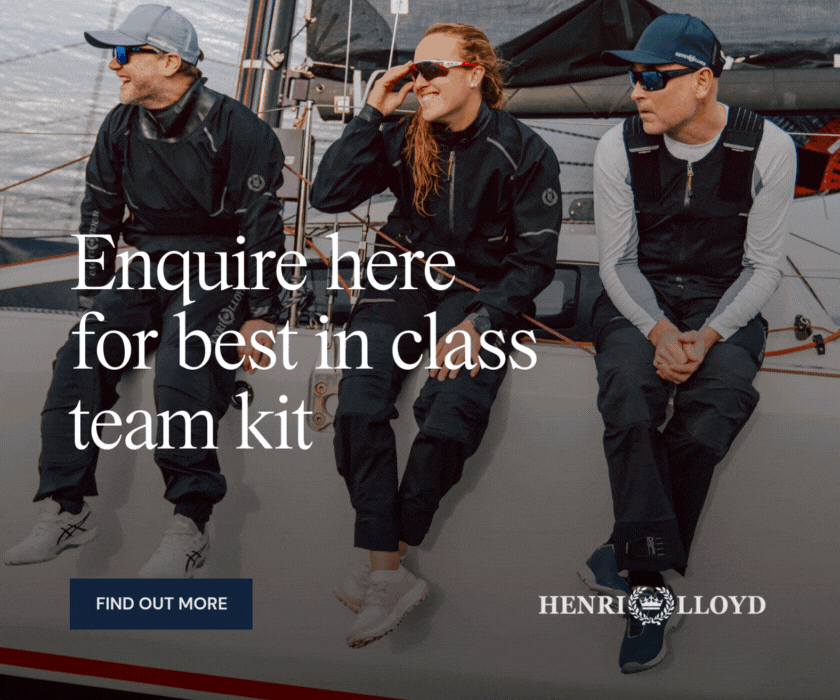
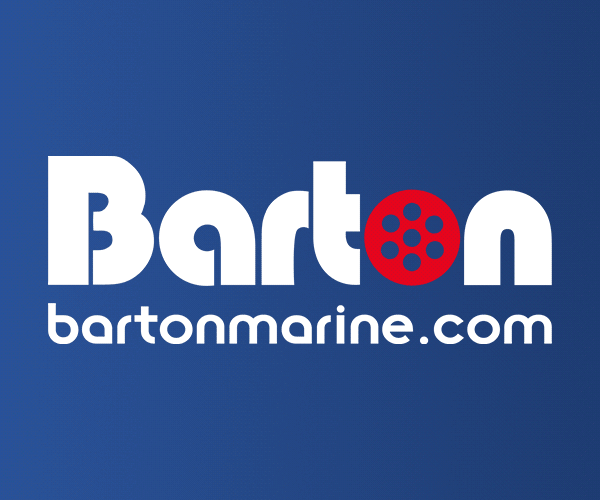

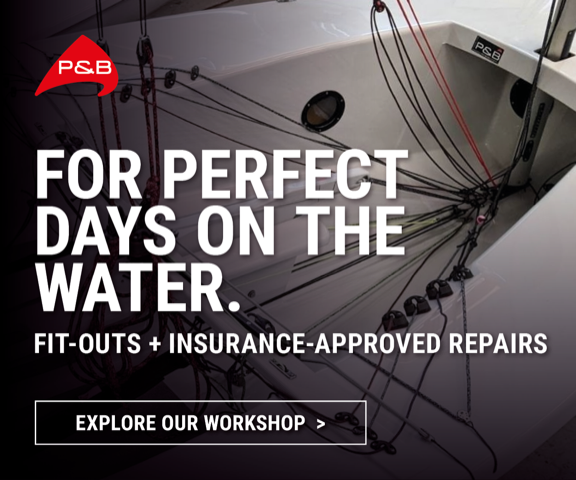
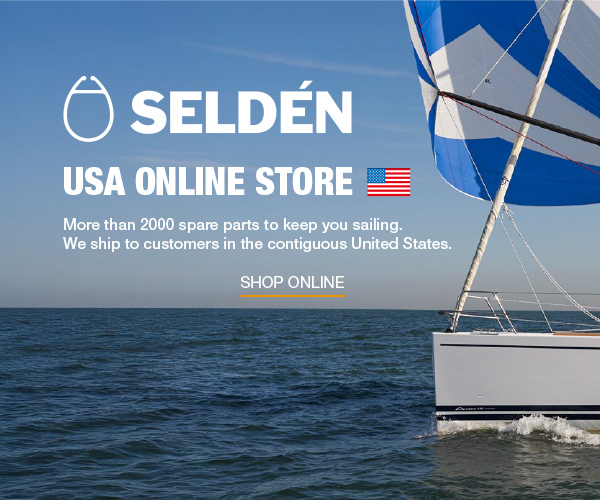
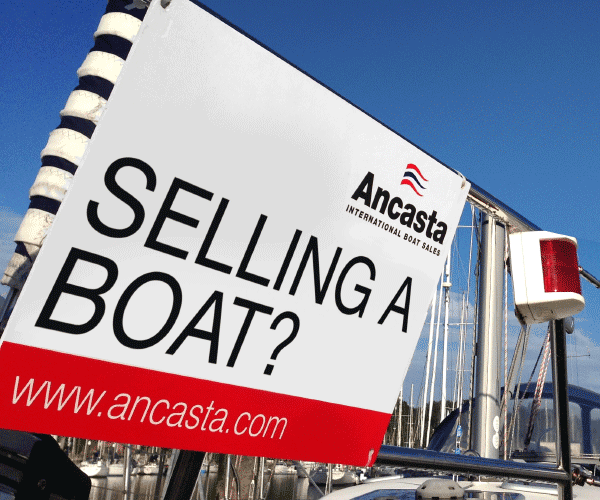
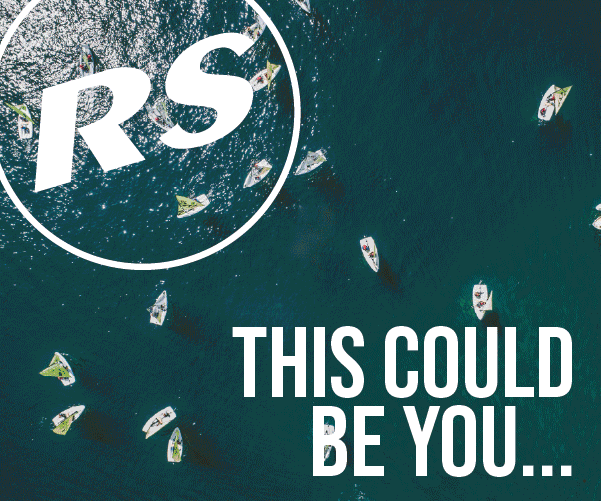
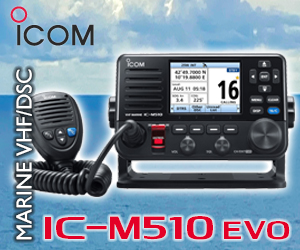
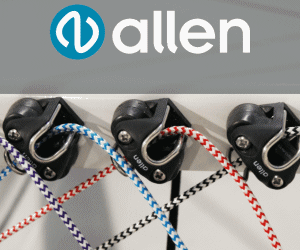
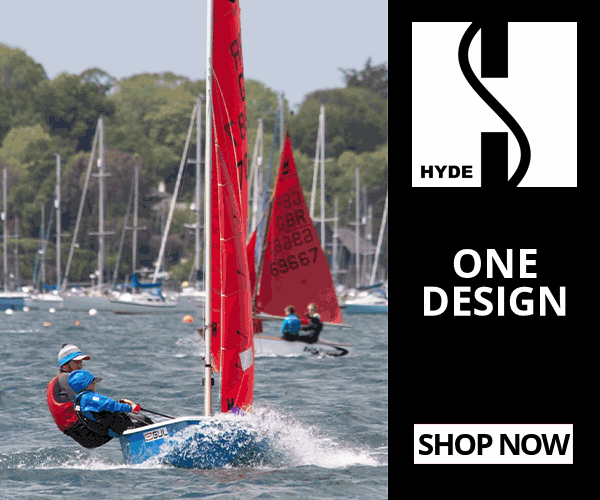

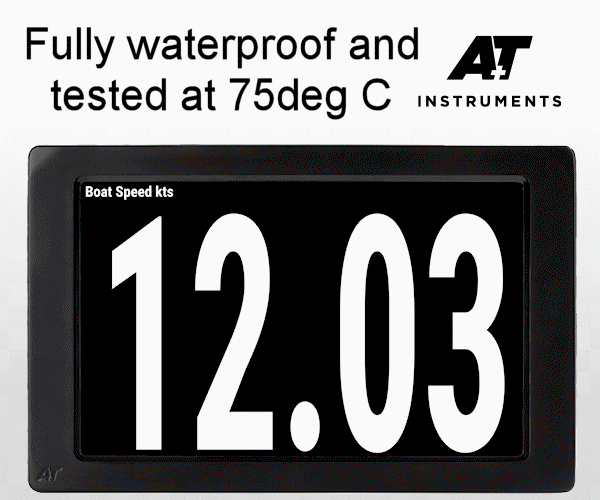
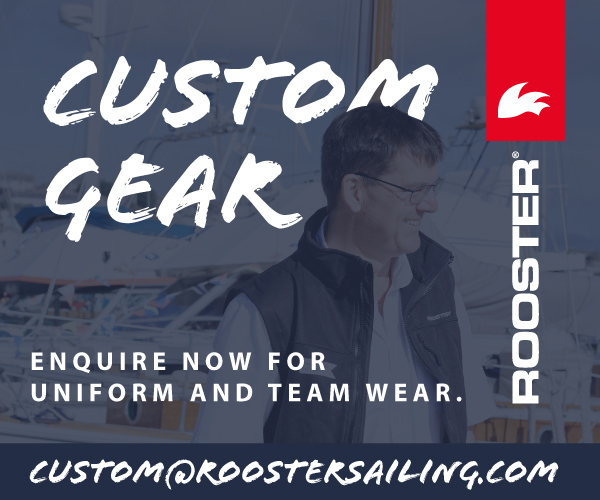
| Laser 140101 Tynemouth |
 |
| Rossiter Pintail Mortagne sur Gironde, near Bordeaux |
 |
| Laser 28 - Excellent example of this great design Hamble le rice |
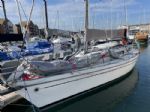 |
List classes of boat for sale |
New Development Classes |
Post Reply 
|
Page <1 678910 11> |
| Author | ||
Chew my RS 
Really should get out more 

Joined: 05 Oct 05 Location: United Kingdom Online Status: Offline Posts: 790 |
 Post Options Post Options
 Quote Quote  Reply Reply
 Topic: New Development Classes Topic: New Development ClassesPosted: 08 Feb 06 at 8:49am |
|
|
I meant to add "Thanks Jim, I'd like to take you up on that offer". Also, I don't think I've made this explicitly clear, but the way I envisage it is that once you have bought your boat from whichever manufacturer you chose you can't then tinker with it (beyond the usual SMOD restrictions). In other words if you buy the RS400 you can't then get flatter sails made by someone else, or change the mast etc. Equally if you chose Toppers offering, you can't modify that. Your choice of design is made upfront. The only exception to this would be if a manufacurer made a "class" change that changed the design of that particular sub-class of boat, in which case existing owners could upgrade, i.e. design changes are made on a "sub-class" basis by the manufacturer, not by individual sailors to individual boats. |
||
 |
||
Hector 
Really should get out more 

Joined: 10 May 04 Location: Otley, Yorkshire Online Status: Offline Posts: 750 |
 Post Options Post Options
 Quote Quote  Reply Reply
 Posted: 08 Feb 06 at 1:12pm Posted: 08 Feb 06 at 1:12pm |
|
This was getting interesting, but I don't agree with the restrictions you propose above - what would be the point in restricting sail type for instance. I think Jim has it about right. Other big issues might include materials . Carbon, epoxy, kevlar etc are not the usual domain of the mass builders so allowing them, whilst desirable in many ways, may limit their participation. Sails with a Carbon scrim are a fraction of the weight of standard and if allowed would give an immediate advantage regardless of other factors. Plenty of food for thought - and I think you'll have a hard time getting any major builders to join in, not least as they could be frightened of not coming up with the best design / materials / rig / sailors and thus getting a reputation as slow / poor / rubbish etc - too much to lose, too little to gain. I wish you luck but as they say on the Dragons Den, 'I won't be investing' Edited by Hector |
||
 |
||
Guest 
Newbie 
Joined: 21 May 04 Location: United Kingdom Online Status: Offline Posts: 0 |
 Post Options Post Options
 Quote Quote  Reply Reply
 Posted: 08 Feb 06 at 1:34pm Posted: 08 Feb 06 at 1:34pm |
|
|
How did F18 come about - was it the chicken (the rule) or the egg (a number of different designs)? Rick |
||
 |
||
JimC 
Really should get out more 

Joined: 17 May 04 Location: United Kingdom Online Status: Offline Posts: 6662 |
 Post Options Post Options
 Quote Quote  Reply Reply
 Posted: 08 Feb 06 at 1:50pm Posted: 08 Feb 06 at 1:50pm |
|
They were lucky in having a measurement rule to work from to give some soundness to the formula. Such a thing seems a lot more difficult in dinghies. |
||
 |
||
Guest 
Newbie 
Joined: 21 May 04 Location: United Kingdom Online Status: Offline Posts: 0 |
 Post Options Post Options
 Quote Quote  Reply Reply
 Posted: 08 Feb 06 at 2:26pm Posted: 08 Feb 06 at 2:26pm |
|
|
I think that shows the importance of the backing of the national body ... if the RYA were into this concept then I think it could be go'er... Rick |
||
 |
||
swiftsolo.org 
Posting king 
Joined: 14 Jul 05 Location: Australia Online Status: Offline Posts: 101 |
 Post Options Post Options
 Quote Quote  Reply Reply
 Posted: 08 Feb 06 at 10:42pm Posted: 08 Feb 06 at 10:42pm |
|
|
I have to say reading all this I am very impressed by the concept - it has won me over, the hard part would be defining the rules. If it could be done it would be a wonderful way to stop fragmentation in the sport and increase participation levels. As has been pointed out it would be necessary to get national bodies involved in this at an early stage for the concept to have any chance of success. BTW Rick the first MPS has arrived at RQ where I sail. Hopefully I will see it in action this weekend!! |
||
 |
||
Guest 
Newbie 
Joined: 21 May 04 Location: United Kingdom Online Status: Offline Posts: 0 |
 Post Options Post Options
 Quote Quote  Reply Reply
 Posted: 09 Feb 06 at 9:58am Posted: 09 Feb 06 at 9:58am |
|
Where is RQ? |
||
 |
||
swiftsolo.org 
Posting king 
Joined: 14 Jul 05 Location: Australia Online Status: Offline Posts: 101 |
 Post Options Post Options
 Quote Quote  Reply Reply
 Posted: 09 Feb 06 at 11:10am Posted: 09 Feb 06 at 11:10am |
|
|
It is RQYS www.rqys.com.au Brisbane, Australia A guy that sails a Hobie 16 has bought it but I think it is Jason Beebe? who is a pretty good I14 helm who is going to do the racing on the weekends. |
||
 |
||
charlie w 
Groupie 
Joined: 31 Oct 05 Online Status: Offline Posts: 84 |
 Post Options Post Options
 Quote Quote  Reply Reply
 Posted: 13 Feb 06 at 2:22pm Posted: 13 Feb 06 at 2:22pm |
|
|
Sorry to join this discussion so late, but do I get it right that the general thrust of this thread is that limited development class rules provide longer lasting, better-built, larger and more competitive fleets than the current SMOD? There are of course classes that could have told you this before (any of Fastsail covers just our category) BTW, the 505's training in out in Hayling Bay yesterday were the only boats outside. We didn't feel out of date, out-moded etc, slow or any of the above. In fact we felt fast as hell; high-performing; balanced; powerful; controlled and well built. Similarly the week before when Russ and Andy Short finished 4th in the Tiger Trophy at the other end of the spectrum in not much wind at all at Rutland. Sorry for the rant, but for a boat that sails to (an ever-dropping) handicap in just about every wind condition, we do seem to be everyone's choice of as quotable example of an out moded-design. Charlie W GBR 8835 |
||
|
Quality never goes out of fashion.
|
||
 |
||
JimC 
Really should get out more 

Joined: 17 May 04 Location: United Kingdom Online Status: Offline Posts: 6662 |
 Post Options Post Options
 Quote Quote  Reply Reply
 Posted: 13 Feb 06 at 3:41pm Posted: 13 Feb 06 at 3:41pm |
|
I'd say its more on the lines of "Can we work out of way of getting boats of different shapes racing together that would have more mass manufacturer buy-in, and maybe reduce the problems of new classes being started and then failing.". I'nm putting stuff together for a draft rule framework, and doing some thinking, but I've come to the conclusion that I need to go round an RS400 and maybe a 59er with a tape measure before I do very much in order to get some base numbers. My thinking is that for a non-trapeze boat the rule should probably fit an RS400 and a 59er scaled down to the same sort of size, but possibly be a bit wider on the deck. Edited by JimC |
||
 |
||
Post Reply 
|
Page <1 678910 11> |
| Forum Jump | Forum Permissions  You cannot post new topics in this forum You cannot reply to topics in this forum You cannot delete your posts in this forum You cannot edit your posts in this forum You cannot create polls in this forum You cannot vote in polls in this forum |
Copyright ©2001-2010 Web Wiz
Change your personal settings, or read our privacy policy











 Printable Version
Printable Version Delicious
Delicious Digg
Digg Facebook
Facebook Furl
Furl Google
Google MySpace
MySpace Newsvine
Newsvine reddit
reddit StumbleUpon
StumbleUpon Twitter
Twitter Windows Live
Windows Live Yahoo Bookmarks
Yahoo Bookmarks Topic Options
Topic Options